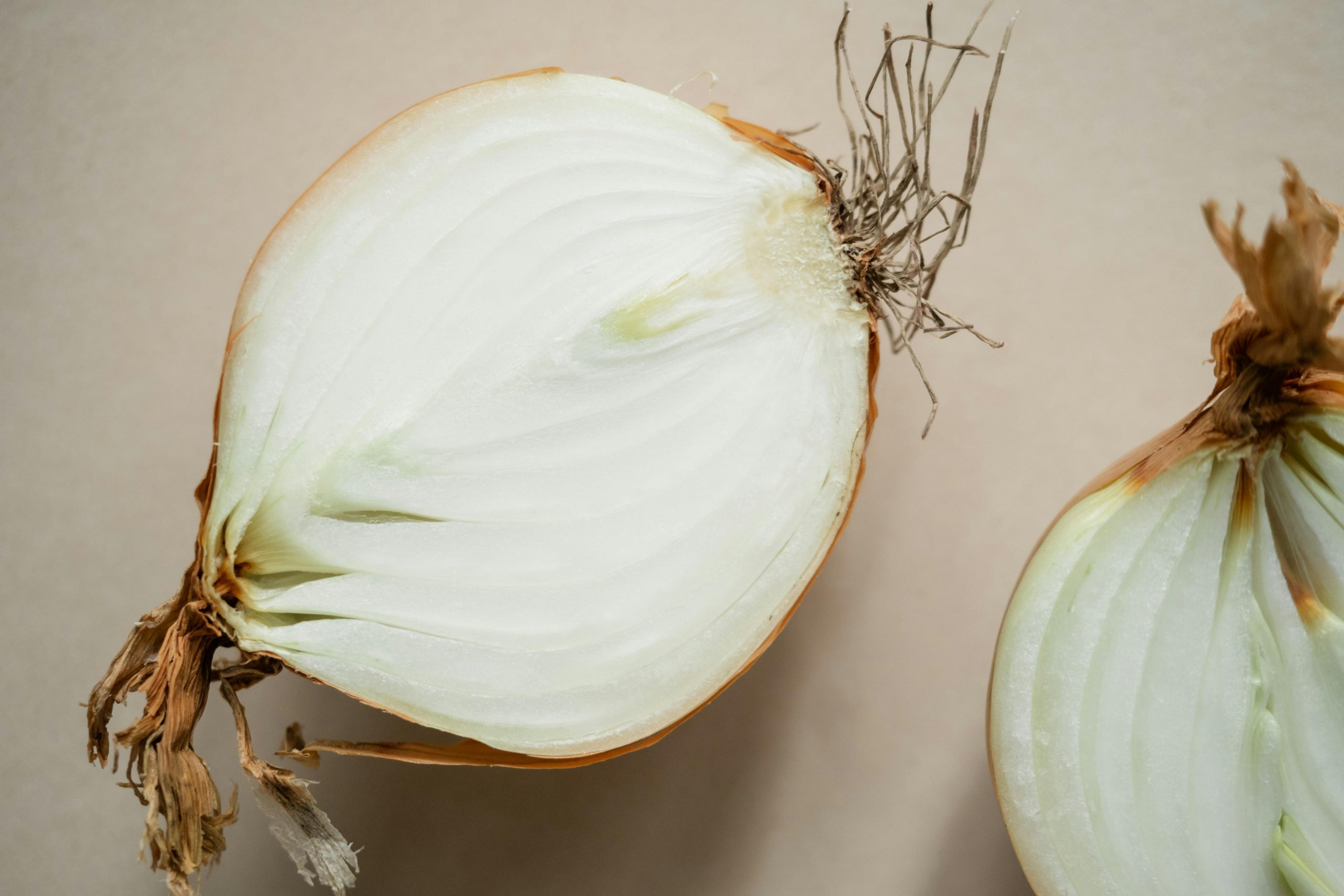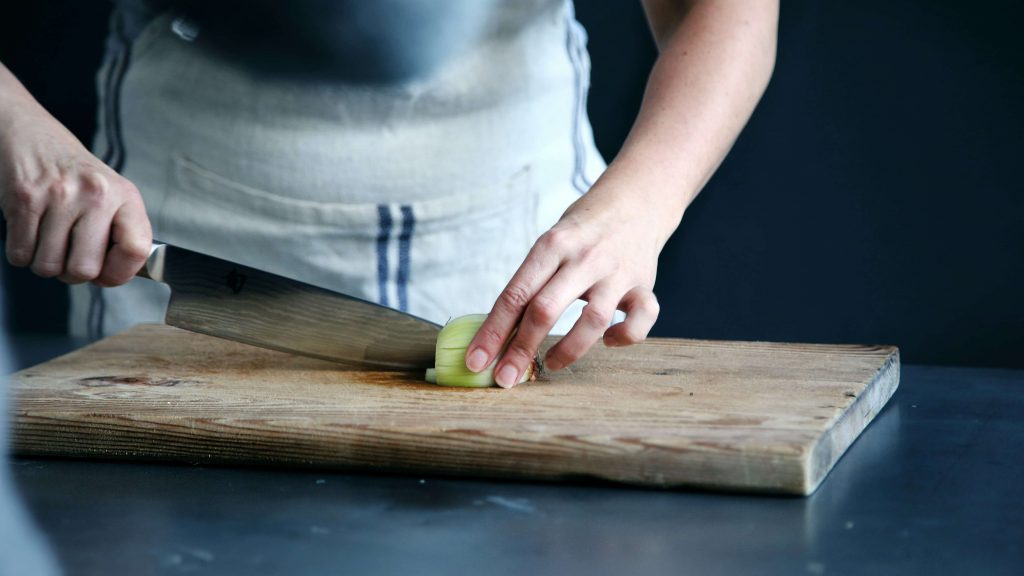We’ve all been there—eyes watering, nose running, and desperately searching for a foolproof method to cut onions without the inevitable tears. While many myths and unconventional techniques exist, from burning matches to chewing raw onions, we present you with five effective and practical tips to conquer the tear-inducing challenge of onion cutting.
5 tips for cutting onions:
Use a sharp knife
First and foremost, invest in a sharp knife. A dull blade damages more cell walls, releasing additional irritants. A sharp knife, on the other hand, minimises cell damage, reducing the amount of propanethial S-oxide—an eye-irritating compound—released during the cutting process.
Keep the exposed cuts away from you
Another crucial strategy is to keep the exposed cuts away from you. Once the onion is halved, turn both halves down on the cutting board, leaving the unpeeled side facing up. Transfer diced portions to a prep bowl and relocate them to the opposite side of the kitchen. This simple technique prevents the irritants from wafting towards your eyes as you proceed with the chopping.
Cut the onion properly
Proper cutting technique is an art that chefs swear by. Master the efficient method of dicing onions, ensuring that the majority of exposed cuts remain against the cutting board. Online tutorials can guide you through the essential knife skills required for this tear-free chopping process.

Chill the onions first
Consider chilling your onions before slicing. Cold temperatures reduce the evaporation of propanethial S-oxide, mitigating the release of irritants. However, remember to refrigerate rather than freeze the onions, as frozen raw onions often turn mushy upon thawing.
Chopping close to the vent hood
Lastly, strategically position your cutting board next to the stove and activate the vent hood. This simple act pulls irritants away from you and your eyes, providing a breath of relief during the onion-cutting process.
ALSO SEE: How to prevent spices from getting hard and clumpy
Feature image: Unsplash

